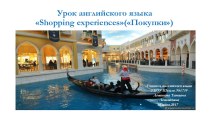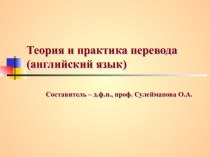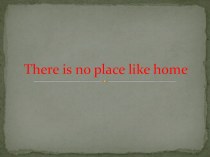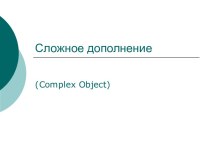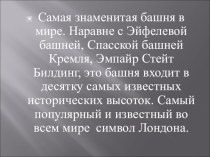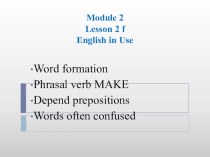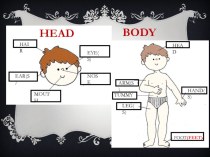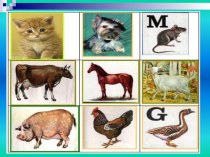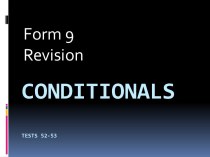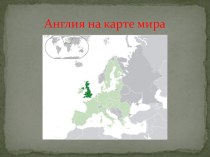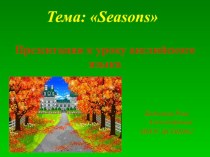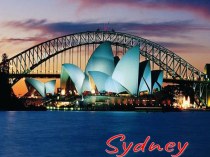- Главная
- Разное
- Бизнес и предпринимательство
- Образование
- Развлечения
- Государство
- Спорт
- Графика
- Культурология
- Еда и кулинария
- Лингвистика
- Религиоведение
- Черчение
- Физкультура
- ИЗО
- Психология
- Социология
- Английский язык
- Астрономия
- Алгебра
- Биология
- География
- Геометрия
- Детские презентации
- Информатика
- История
- Литература
- Маркетинг
- Математика
- Медицина
- Менеджмент
- Музыка
- МХК
- Немецкий язык
- ОБЖ
- Обществознание
- Окружающий мир
- Педагогика
- Русский язык
- Технология
- Физика
- Философия
- Химия
- Шаблоны, картинки для презентаций
- Экология
- Экономика
- Юриспруденция
Что такое findslide.org?
FindSlide.org - это сайт презентаций, докладов, шаблонов в формате PowerPoint.
Обратная связь
Email: Нажмите что бы посмотреть
Презентация на тему Film program coming up
Содержание
- 2. Cinema and Form Formal expectations: patterns informed
- 3. Form and ExpectationsA Movie, 1958, by Bruce
- 4. Types of MeaningReferential, i.e. direct, descriptive, the
- 5. NarrativeCinematic narrative is a form of realist
- 6. Narrative and Film TheoryExamining how structures and
- 7. Form and Critical Viewing There is no
- 8. Narrative as a formal systemChain of events
- 9. Plot and Storystory is all that is
- 10. Classical Hollywood CinemaDominant tradition of narrative conventions
- 11. Classical Hollywood Cinema (CHC)Temporal: organized trajectory through
- 12. Motivation and conflict in CHC In CHC
- 13. ClosureMost classical narrative films display a strong
- 14. Narration in CHC CHC is generally objective
- 15. Time: temporal order and durationTemporal order is
- 16. Space in CHCSpace is almost always a
- 17. Fargo (1996) Joel Coen & Ethan CoenExample of CHC Narrative Construction
- 18. Alternatives to CHCFilms without protagonists and films
- 19. Скачать презентацию
- 20. Похожие презентации
Cinema and Form Formal expectations: patterns informed by conventions and experience (cultural, historical)Emotion or Affect (represented in cinema and induced in spectators), are caused by the dynamic of the form through expectations and are context-dependent
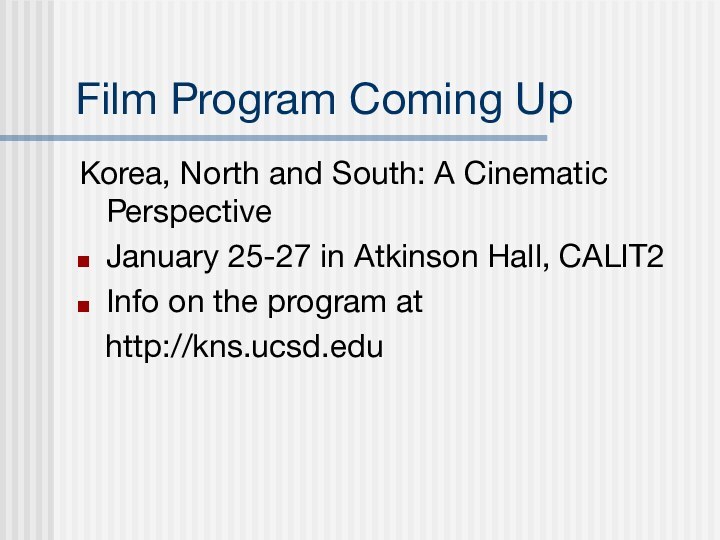
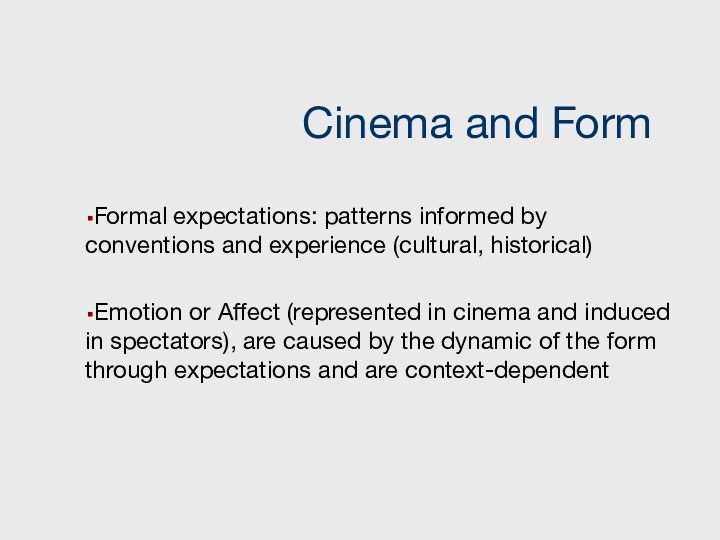

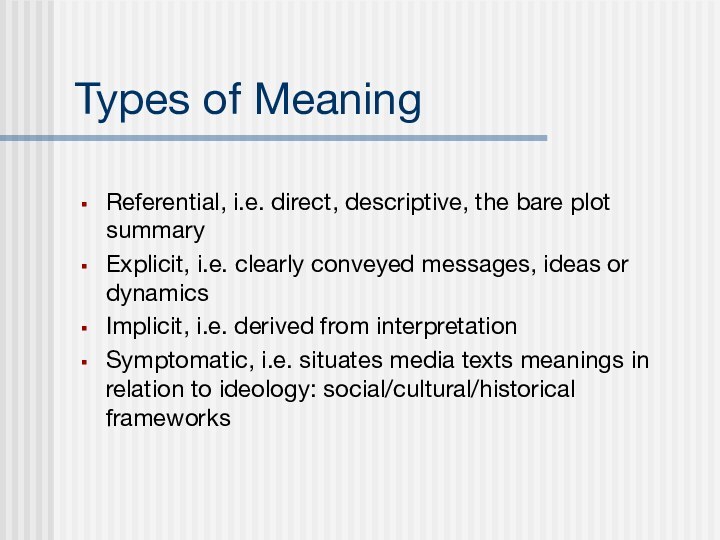
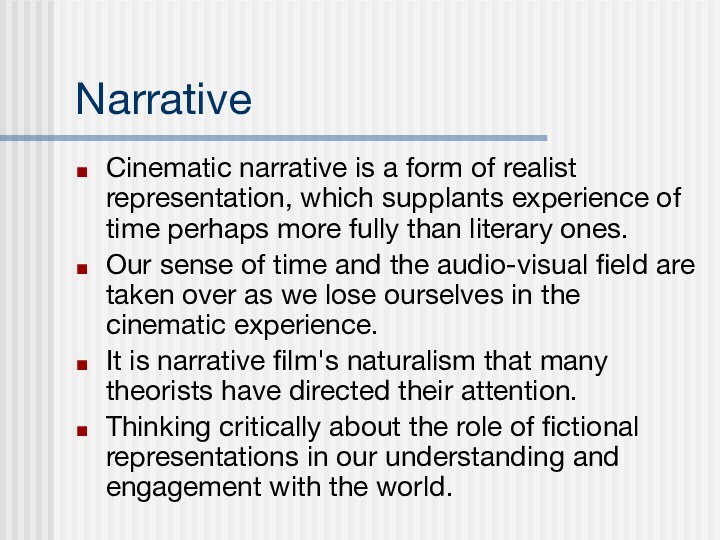
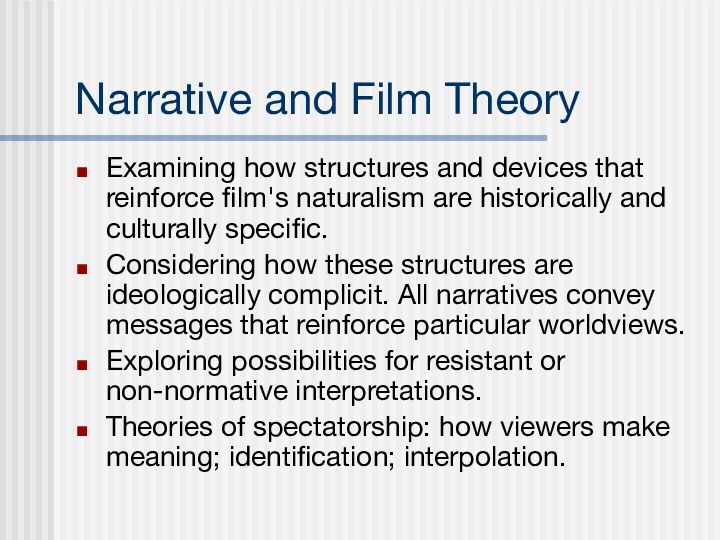
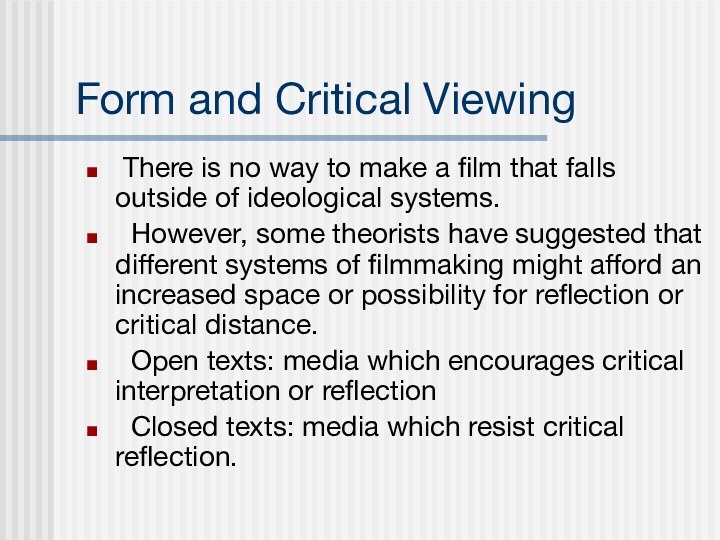
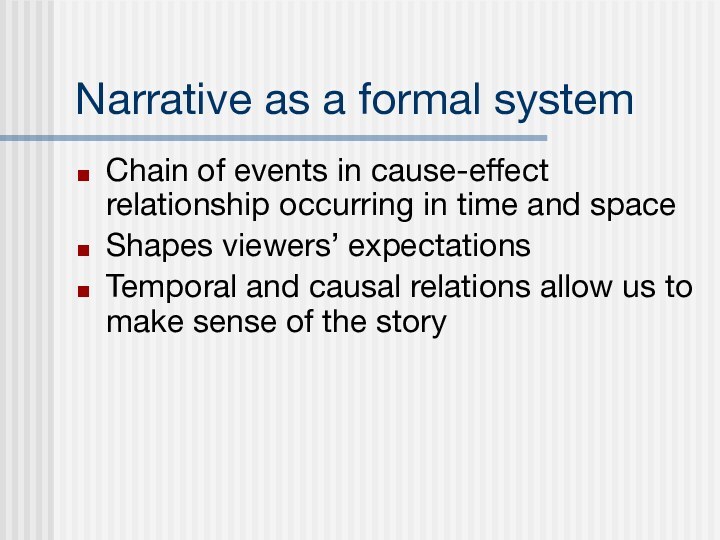
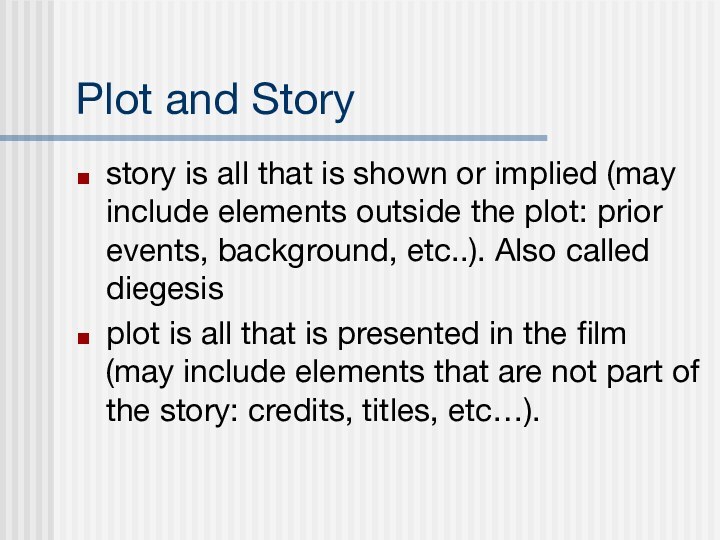
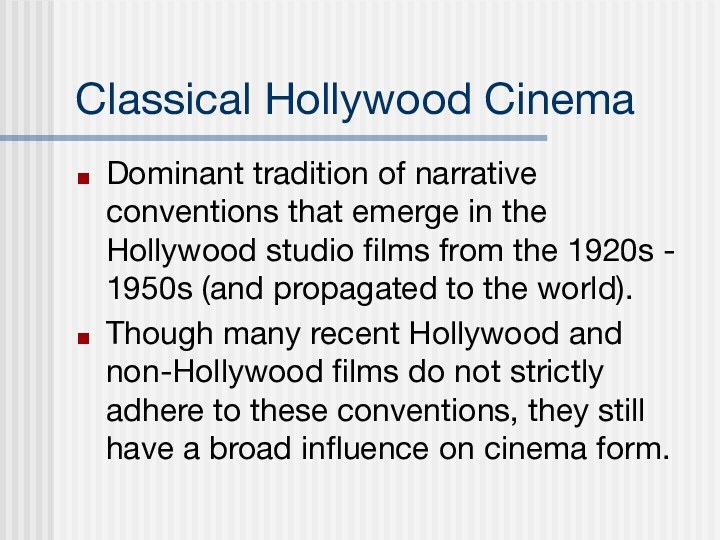

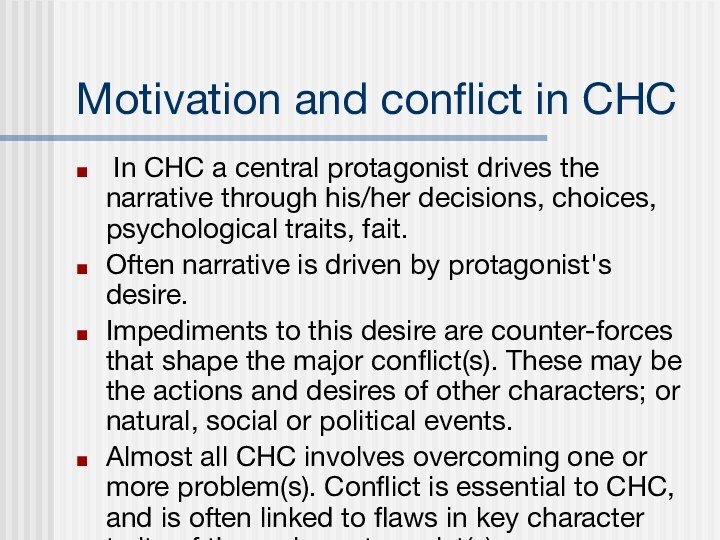
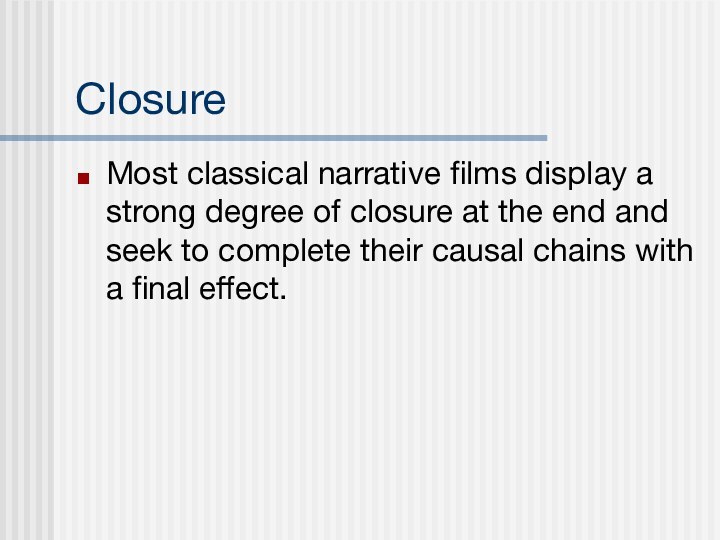
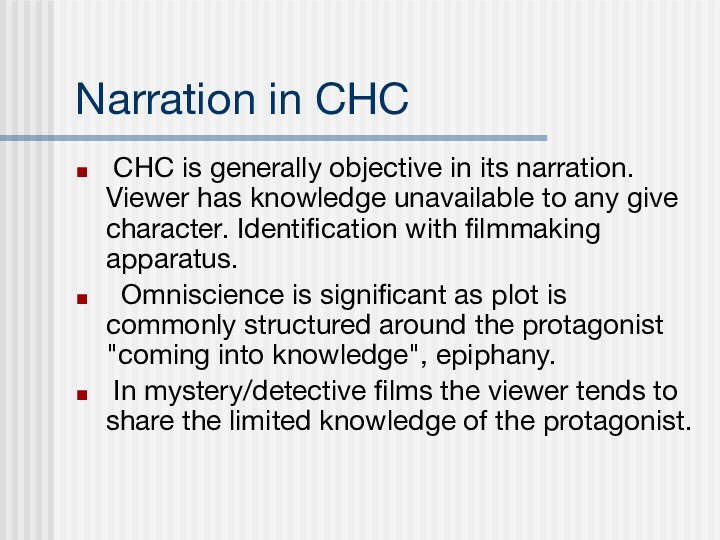
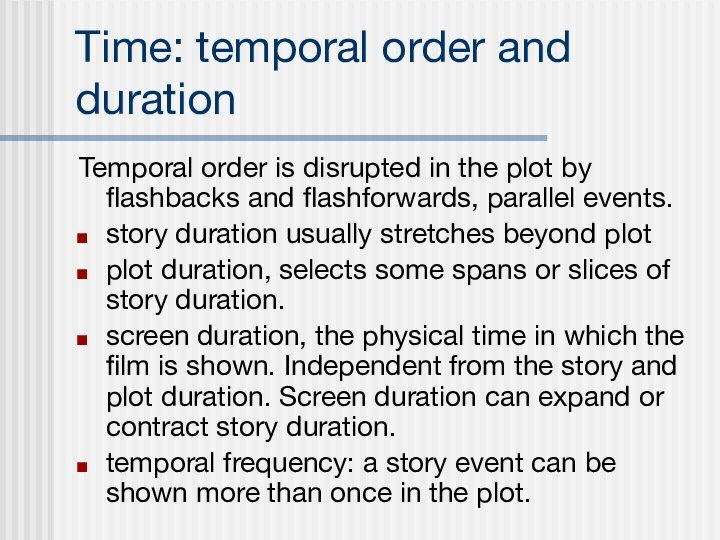
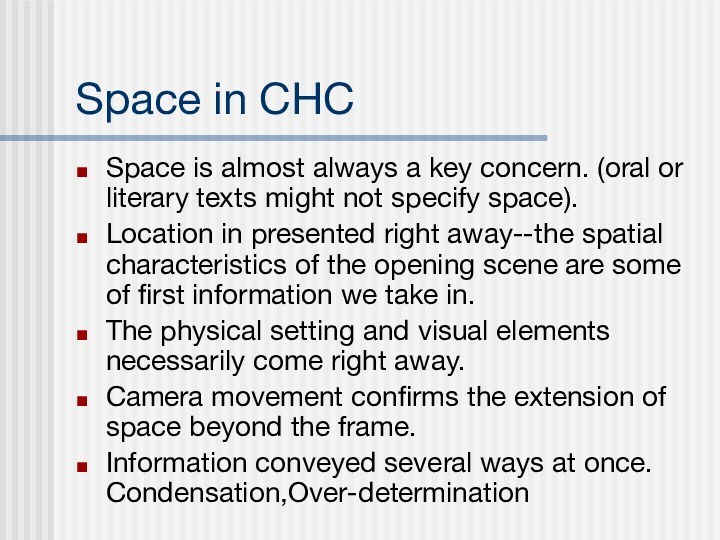
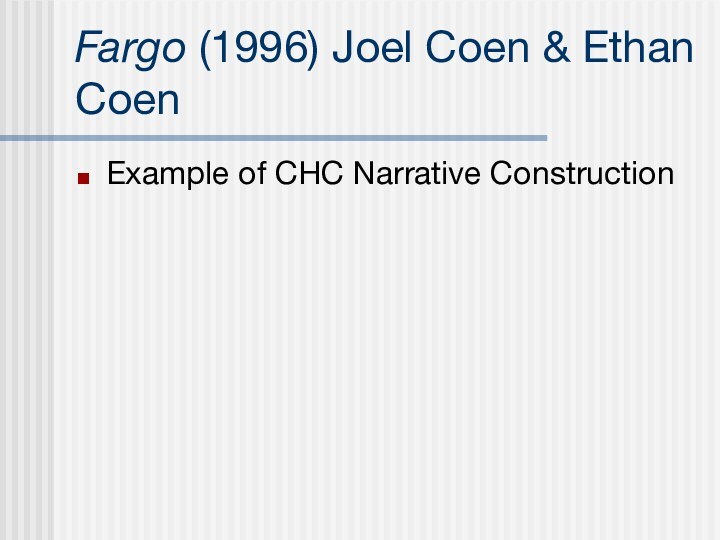
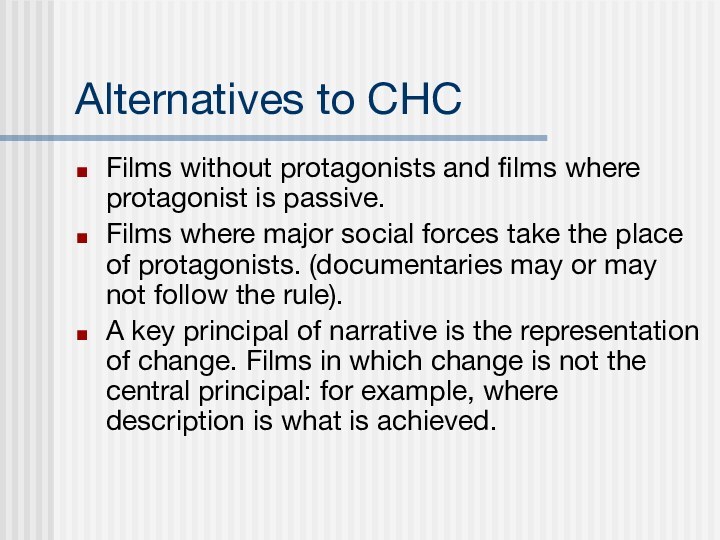
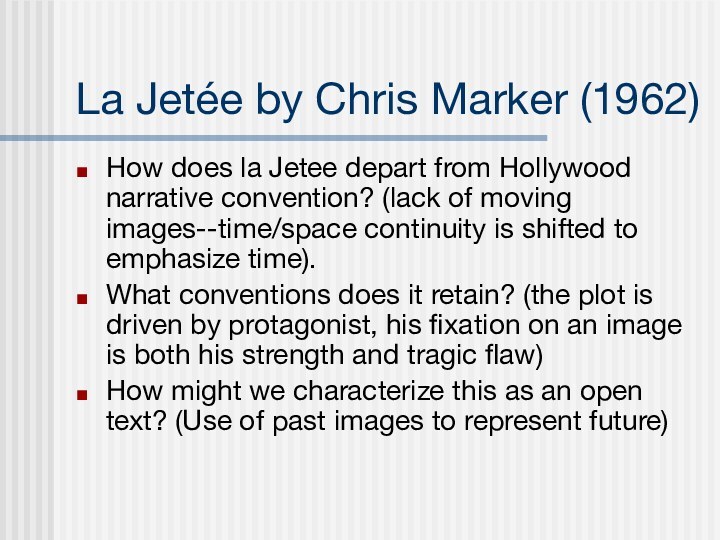
Слайд 2
Cinema and Form
Formal expectations: patterns informed by
conventions and experience (cultural, historical)
cinema and induced in spectators), are caused by the dynamic of the form through expectations and are context-dependent
Слайд 3
Form and Expectations
A Movie, 1958, by Bruce Conner
uses
found footage, clips from B-movies, news reels, and other
sourcesnarrative elements out of context
associational
thematically organized
montage
Слайд 4
Types of Meaning
Referential, i.e. direct, descriptive, the bare
plot summary
Explicit, i.e. clearly conveyed messages, ideas or dynamics
Implicit,
i.e. derived from interpretationSymptomatic, i.e. situates media texts meanings in relation to ideology: social/cultural/historical frameworks
Слайд 5
Narrative
Cinematic narrative is a form of realist representation,
which supplants experience of time perhaps more fully than
literary ones.Our sense of time and the audio-visual field are taken over as we lose ourselves in the cinematic experience.
It is narrative film's naturalism that many theorists have directed their attention.
Thinking critically about the role of fictional representations in our understanding and engagement with the world.
Слайд 6
Narrative and Film Theory
Examining how structures and devices
that reinforce film's naturalism are historically and culturally specific.
Considering
how these structures are ideologically complicit. All narratives convey messages that reinforce particular worldviews.Exploring possibilities for resistant or non-normative interpretations.
Theories of spectatorship: how viewers make meaning; identification; interpolation.
Слайд 7
Form and Critical Viewing
There is no way
to make a film that falls outside of ideological
systems.However, some theorists have suggested that different systems of filmmaking might afford an increased space or possibility for reflection or critical distance.
Open texts: media which encourages critical interpretation or reflection
Closed texts: media which resist critical reflection.
Слайд 8
Narrative as a formal system
Chain of events in
cause-effect relationship occurring in time and space
Shapes viewers’ expectations
Temporal
and causal relations allow us to make sense of the story
Слайд 9
Plot and Story
story is all that is shown
or implied (may include elements outside the plot: prior
events, background, etc..). Also called diegesisplot is all that is presented in the film (may include elements that are not part of the story: credits, titles, etc…).
Слайд 10
Classical Hollywood Cinema
Dominant tradition of narrative conventions that
emerge in the Hollywood studio films from the 1920s
- 1950s (and propagated to the world).Though many recent Hollywood and non-Hollywood films do not strictly adhere to these conventions, they still have a broad influence on cinema form.
Слайд 11
Classical Hollywood Cinema (CHC)
Temporal: organized trajectory through time
Occurs
in space (location)
Emphasizes causal relations
Main protagonist(s) usually the causal
agentRequires viewers to link elements of the plot; to fill in the story
Holds back narrative--actively engages audience
Constructs meaning in relation to other texts, including media texts (Employing conventions of genre). This is referred to as intertexuality.
Слайд 12
Motivation and conflict in CHC
In CHC a
central protagonist drives the narrative through his/her decisions, choices,
psychological traits, fait.Often narrative is driven by protagonist's desire.
Impediments to this desire are counter-forces that shape the major conflict(s). These may be the actions and desires of other characters; or natural, social or political events.
Almost all CHC involves overcoming one or more problem(s). Conflict is essential to CHC, and is often linked to flaws in key character traits of the main protagonist(s).
Слайд 13
Closure
Most classical narrative films display a strong degree
of closure at the end and seek to complete
their causal chains with a final effect.
Слайд 14
Narration in CHC
CHC is generally objective in
its narration. Viewer has knowledge unavailable to any give
character. Identification with filmmaking apparatus.Omniscience is significant as plot is commonly structured around the protagonist "coming into knowledge", epiphany.
In mystery/detective films the viewer tends to share the limited knowledge of the protagonist.
Слайд 15
Time: temporal order and duration
Temporal order is disrupted
in the plot by flashbacks and flashforwards, parallel events.
story
duration usually stretches beyond plotplot duration, selects some spans or slices of story duration.
screen duration, the physical time in which the film is shown. Independent from the story and plot duration. Screen duration can expand or contract story duration.
temporal frequency: a story event can be shown more than once in the plot.
Слайд 16
Space in CHC
Space is almost always a key
concern. (oral or literary texts might not specify space).
Location
in presented right away--the spatial characteristics of the opening scene are some of first information we take in.The physical setting and visual elements necessarily come right away.
Camera movement confirms the extension of space beyond the frame.
Information conveyed several ways at once. Condensation,Over-determination
Слайд 18
Alternatives to CHC
Films without protagonists and films where
protagonist is passive.
Films where major social forces take the
place of protagonists. (documentaries may or may not follow the rule).A key principal of narrative is the representation of change. Films in which change is not the central principal: for example, where description is what is achieved.
